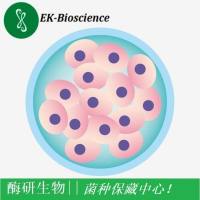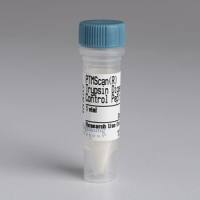Use of Antisense Oligonucleotides to Study the Role of CRABPs in Retinoic Acid-Induced Gene Expression
互联网
277
Antisense methodologies have been used extensively to inhibit the expression of specific genes with a view to elucidating their role in particular cellular processes (
1
). The technique is based on the ability of mRNA to bind, in a sequence-specific fashion, to a complimentary oligonucleotide sequence (the antisense sequence), via Watson-Crick hydrogen bonding. Binding of the oligonucleotide then prevents efficient translation of the mRNA, either by preventing the nbosome from reading the RNA message, or by activation of RNAse H, an enzyme that specifically cleaves the RNA strand of a DNA-RNA duplex (Fig. 1 ). In either case, the result is the arrest of specific protein synthesis (
2
). Though primarily used in cell and tissue-culture systems (
1
–
3
), efforts are underway to develop therapeutic applications (
4
).
Fig. 1.
Mechanism of action of antisense oligonucleotides. After binding to the complimentary mRNA sequence (
1
), the oligonucleotides inhibit protein translation by interference with movement of the mRNA through the translation machinery (
2
), or by inducing RNAse H-dependent degradation of the mRNA in the duplex (
3
).




![DKFZ-PSMA-11,4,6,12,19-Tetraazadocosane-1,3,7-tricarboxylic acid, 22-[3-[[[2-[[[5-(2-carboxyethyl)-2-hydroxyphenyl]methyl](carboxymethyl)amin](https://img1.dxycdn.com/p/s14/2025/1009/171/0405943971658126791.jpg!wh200)




